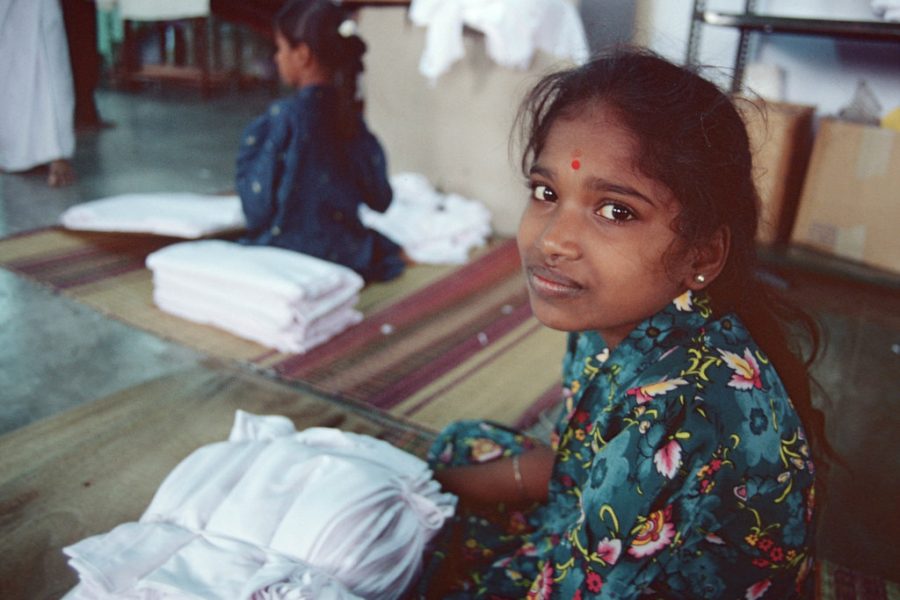A choice of starvation or slavery: Child labor in India
It is undeniable that the Covid-19 pandemic has had the most severe, enduring impacts on children in almost every continent. Education and livelihoods have been dramatically altered, and a lack of education has created a chain reaction of serious and irreparable consequences, especially for children in India. While Americans squabble over mask mandates and social distancing guidelines, children in India are forced to abandon education and instead work to prevent their families’ starvation. They struggle under the burden to provide money for the sustenance of their families, and it is not by choice.
Millions of children in India have been trafficked, tremendously overworked, and sexually exploited in the effort to provide money for their families. In many cases, parents unknowingly trust human traffickers to provide their kids with jobs in industrial cities, and, tragically, many of these children are swept away into a sea of back-breaking labor and are often are not heard from again by their parents. Child labor, however, is not the only issue surrounding children that has emerged as a result of the pandemic. These trafficked children also face the risk of being forced into marriage, prostitution, or militant groups.
Many Americans don’t know from where their very clothes come. Most often trafficked children are placed in garment factories or sweatshops and work from 14 – 16 hours a day, 7 days a week. Meager food and water and dangerous working conditions are common, and pay is incredibly low, being around $14 per month. Many Orchard Park teens are paid at least $15 an hour to work at Tim Hortons, but children in India work an entire month to receive less than that amount. While some children in India are being paid, there are also many who are not. With this in mind, it becomes even more difficult to distinguish the blurry line between child labor and slavery. So, what are the parents up to?
Almost every company or factory has faced numerous losses due to COVID-19 lockdowns, and those in India were no exception. Once factories reopened, they looked for people who would provide the cheapest labor and the least resistance to the working conditions. The people who fit both of these requirements were specifically children. Adults, therefore, struggled to find work and felt forced to send their children to factories. Parents were faced with the horrific decision of either allowing their children to starve or letting the responsibility reside with a few of the children to provide enough money for food.
The immediate consequences of the pandemic for children in India are devastating, but the loss of education can have generational impacts for India. Education is the gateway to higher wages and better living conditions, but the pandemic has dismantled the progress in education that has been developing for decades. This is leading to a new cycle of poverty, as children are earning extremely low wages and are losing critical years of their education while laboring in factories.
Although it may seem impossible to make a change in India, American students can have a tremendous impact at a distance on the fight for education. Save the Children is an initiative that strives to protect children’s right to an education and supports distance learning in developing countries. Under Save the Children, people have the ability to begin a fundraiser, volunteer, donate, or even start a school club. Even students here, in Orchard Park, have the opportunity to help provide all children with something they have been guaranteed from birth: a right to an education. Students in places like Orchard Park High School should consider this cause the next time they have the opportunity to engage in outreach.




